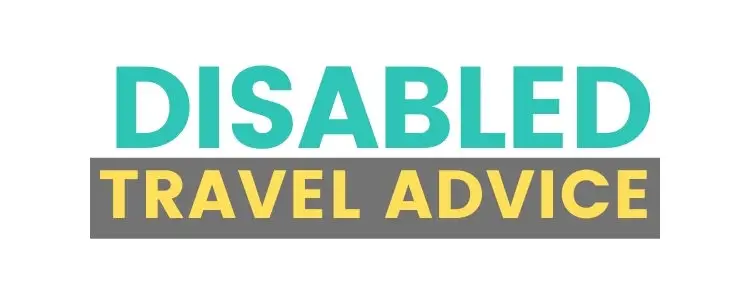When you tell people you’re dyslexic, the chances are that they’ll think it only affects your ability to read books and write letters. In fact, many disabled people face more complex day to day problems. These can be daunting when it comes to getting around, especially in unfamiliar places. Fortunately, there are a few simple things you can do to make things easier.
Dyslexia and Buses
Sometimes reading bus numbers can be difficult if you’re dyslexic, because the digits can seem to jump around. You can make this easier by finding out, ahead of time, which buses visit any particular stop. This means you won’t have to get the number exactly right, you’ll just have to compare its overall shape to the other possibilities.
Don’t be shy about asking the driver to confirm the bus number. If you see the same driver every day, you may choose to explain your situation, but you should never feel you have to – drivers are trained to assist people with all sorts of different problems. You can also ask the driver to tell you when you reach your stop if reading street names is difficult. Other passengers are often happy to help as well.
If you experience any problems with a driver being rude to you, note the time and number of the bus. Each bus has an individual number which another passenger may be able to help you identify if necessary. You can then contact staff at the bus company, who will do their best to help. Staff can also provide advice over the phone if you have difficulty reading timetables.
Dyslexia and Trains
Dyslexia can be a big problem in train stations because so much information is communicated through message boards. These often suffer from low contrast, making them harder to read. Tannoy announcements can be hard to make out. Don’t let this worry you. Station staff are always happy to help and will tell you where and when to find your train.
Some trains have announcements when particular stops are coming up, but others rely on written messages on an LED display. If you are travelling on an unfamiliar route and are not sure you’ll be able to read these messages, ask station staff to make sure that there will be spoken announcements on your train. This is usually easier for them if you give them at least an hour’s notice. You can ask fellow passengers to help as a back-up measure.
If you are asked to read safety messages on a train, don’t worry that you’re missing out on important information. Everything that matters is usually clearly communicated with pictures.
Planning Your Route
Planning your route ahead of time can make it much easier to manage. If maps are difficult to read and you don’t have anyone around to help, visit your local library, where a librarian can assist you with them. Take a map with you so that if you need to ask for directions people can show you where to go rather than relying on you being able to read signs.
Sometimes public transport routes are subject to change due to demand for public transport in other locations. It can be difficult to keep up with this if you can’t read the notices posted in buses. Because any major changes are planned months in advance, calling your bus company at quarterly intervals should be sufficient to make sure you know what to expect.
If you do get lost, don’t panic. If the worst comes to the worst, all you need to do is cross the road or go to the other side of the station and take the same form of transport back to where you began. Don’t feel too frustrated about your disability – everybody has problems like this on occasion.

